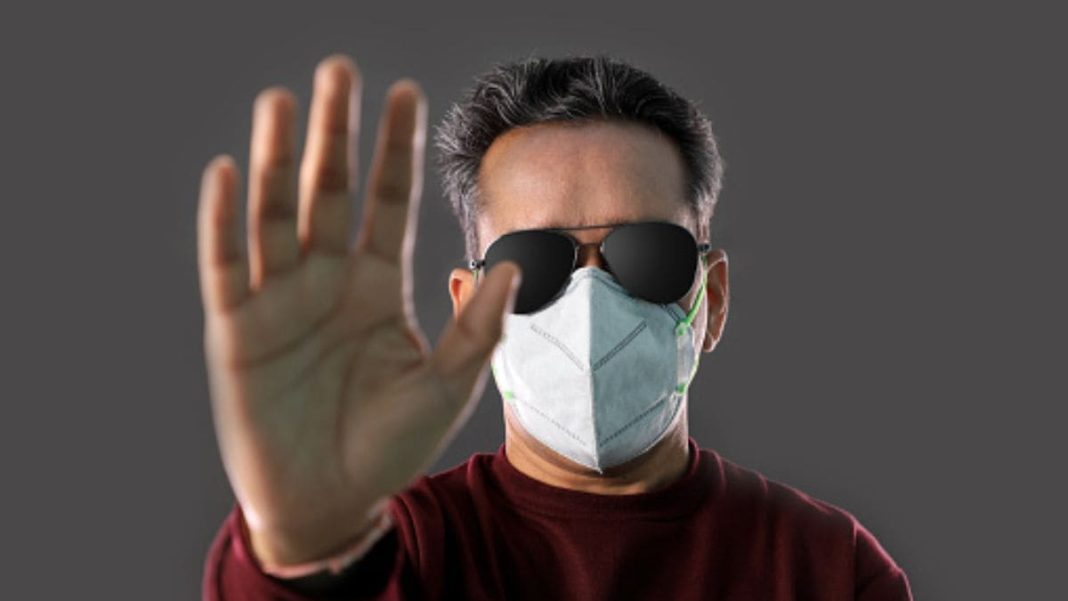As Delhi’s air quality deteriorates this winter, wearable air purifiers are gaining attention. However, experts and scientific evidence confirm they are significantly less effective than proven solutions like N95 masks.
Key Takeaways
- Wearable air purifiers are largely ionisers and perform poorly in real-world conditions
- N95 masks provide certified, reliable protection against PM2.5 particles
- HEPA room air purifiers remain the gold standard for indoor air cleaning
How Air Purifiers Actually Work
Different types of air purifiers use distinct technologies to clean the air. Filter-based systems with HEPA filters are most effective, removing up to 99% of PM0.3 particles – making them ideal for Delhi’s PM2.5 pollution.
HEPA filters work by forcing air through thick, pleated material that traps even the smallest particles. Other technologies include ozone generators (banned in California due to lung damage risks) and ionisers, which charge particles to make them settle on surfaces.
The Reality of Wearable Air Purifiers
Priced from ₹2,000, wearable purifiers typically use ioniser technology and come as wristbands or neck pendants. They claim to create a “clean air bubble” around the user’s breathing zone.
However, ionisation doesn’t remove particles – it merely makes them settle on nearby surfaces. These devices lack fans or filters, cannot generate sufficient airflow, and release too few ions to provide meaningful protection, especially outdoors.
Why N95 Masks Are Superior
Unlike uncertified wearable purifiers, N95 and FFP2 respirators are regulated by the US CDC’s National Institute for Occupational Safety and Health. They create a tight facial seal and contain high-efficiency filters that actually trap particulate matter.
Laboratory studies showing 90% effectiveness for wearables were conducted in tightly enclosed chambers, not real-world environments where performance drops significantly.
Expert Medical Opinion
Pulmonologists strongly advise against relying on wearable air purifiers. Dr. Gurmeet Singh Chabbra, Director of Pulmonology at Yatharth Super Speciality Hospital, states they “cannot match the filtration capacity and efficiency of certified masks or HEPA room air purifiers.”
Dr. Sandeep Sharma of Fortis Escorts adds that people should “trust science-backed information and not the marketing hype created by these gadgets.”
Regulatory Warnings
The US Environmental Protection Agency warns that ionisers can generate ozone as a harmful byproduct. The agency notes that “no controlled studies have confirmed” any benefit from correcting hypothetical ion imbalances.
Effective Protection Strategies
While GRAP-III imposes restrictions on pollution sources in Delhi-NCR, individuals should focus on proven protection methods. High-risk groups including pregnant women, children and the elderly should minimize outdoor exposure.
Dr. Abdul Raouf Wani of Fortis Hospital recommends: “Well-fitted N95 masks and true HEPA filters at home – both proven to reduce PM2.5 exposure – remain the reliable ways to protect yourself from polluted air.”
If purchasing wearable purifiers, ensure they carry Bureau of Indian Standards certification.




